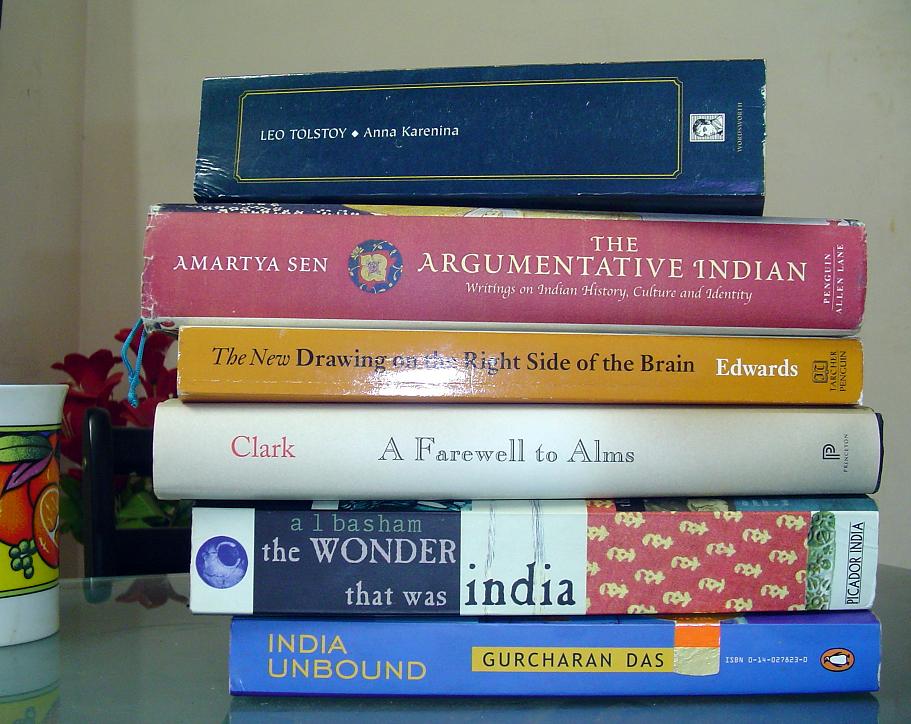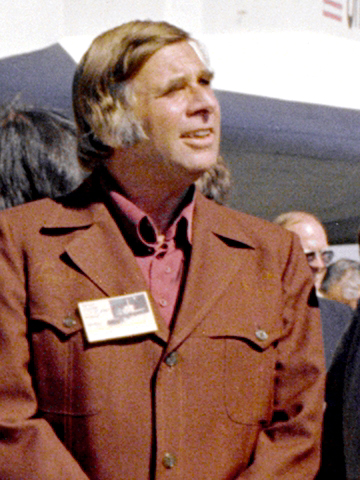|
Subtitle (titling)
In books and other works, the subtitle is an explanatory title added by the author to the title proper of a work. Another kind of subtitle, often used in the past, is the alternative title, also called alternate title, traditionally denoted and added to the title with the alternative conjunction "or", hence its appellation.. As an example, Mary Shelley gave her most famous novel the title '' Frankenstein; or, The Modern Prometheus'', where ''or, The Modern Prometheus'' is the alternative title, by which she references the Greek Titan as a hint of the novel's themes. A more modern usage is to simply separate the subtitle by punctuation, making the subtitle more of a continuation or sub-element of the title proper. In library cataloging and in bibliography, the subtitle does not include an alternative title, which is defined as part of the title proper: e.g., '' One Good Turn: A Natural History of the Screwdriver and the Screw'' is filed as ''One Good Turn'' (title) and ''A Natu ... [...More Info...] [...Related Items...] OR: [Wikipedia] [Google] [Baidu] |
Title (publishing)
The title of a book, or any other published text or work of art, is a name for the work which is usually chosen by the author. A title can be used to identify the work, to put it in context, to convey a minimal summary of its contents, and to pique the reader's curiosity. Some works supplement the title with a subtitle. Texts without separate titles may be referred to by their incipit (first word), especially those produced before the practice of titling became popular. During development, a work may be referred to by a temporary working title. A piece of legislation may have both a short title and a long title. In library cataloging, a uniform title is assigned to a work whose title is ambiguous. In book design, the title is typically shown on the spine, the front cover, and the title page. History The first books, such as the Five Books of Moses, in Hebrew Torah, did not have titles. They were referred to by their incipit: ''Be-reshit'', "In the beginning" ( Genesis), ''Va ... [...More Info...] [...Related Items...] OR: [Wikipedia] [Google] [Baidu] |
How I Learned To Stop Worrying And Love The Bomb
''Dr. Strangelove or: How I Learned to Stop Worrying and Love the Bomb'' (known simply and more commonly as ''Dr. Strangelove'') is a 1964 political satire black comedy film co-written, produced, and directed by Stanley Kubrick. It is loosely based on the thriller novel ''Red Alert'' (1958) by Peter George, who wrote the screenplay with Kubrick and Terry Southern. It stars Peter Sellers in three roles. The film, financed and released by Columbia Pictures, was a co-production between the United States and the United Kingdom. ''Dr. Strangelove'' parodies Cold War fears of a nuclear war between the United States and the Soviet Union and stars George C. Scott, Sterling Hayden, Keenan Wynn, Slim Pickens, and Tracy Reed. The story concerns an insane brigadier general of the United States Air Force who orders a pre-emptive nuclear attack on the Soviet Union. It follows the President of the United States (Sellers), his scientific advisor Dr. Strangelove (Sellers), the Joint Chiefs o ... [...More Info...] [...Related Items...] OR: [Wikipedia] [Google] [Baidu] |
Book Design
Book design is the graphic art of determining the visual and physical characteristics of a book. The design process begins after an author and editor finalize the manuscript, at which point it is passed to the production stage. During production, graphic artists, art directors, or professionals in similar roles will work with printing press operators to decide on visual elements—including typography, margins, illustrations, and page layout—and physical features, such as trim size, type of paper, kind of printing, binding. From the late Middle Ages to the 21st century, the basic structure and organization of Western books have remained largely unchanged. Front matter introduces readers to the book, offering practical information like the title, author and publisher details, and an overview of the content. It may also include editorial or authorial notes providing context. This is followed by the main content of the book, often broadly organized into chapters or secti ... [...More Info...] [...Related Items...] OR: [Wikipedia] [Google] [Baidu] |
Star Trek
''Star Trek'' is an American science fiction media franchise created by Gene Roddenberry, which began with the Star Trek: The Original Series, series of the same name and became a worldwide Popular culture, pop-culture Cultural influence of Star Trek, phenomenon. Since its creation, the franchise has expanded into List of Star Trek films, various films, List of Star Trek television series, television series, List of Star Trek games, video games, List of Star Trek novels, novels, and Star Trek (comics), comic books, and it has become one of the most recognizable and List of highest-grossing media franchises, highest-grossing media franchises of all time. The franchise began with ''Star Trek: The Original Series, Star Trek'' (''The Original Series''), which premiered on September 6, 1966, on Canada's CTV Television Network, CTV network. In the US it debuted on September 8, 1966, on NBC. The series followed the voyages of the crew of the Starship Enterprise, starship USS ''Ent ... [...More Info...] [...Related Items...] OR: [Wikipedia] [Google] [Baidu] |
The Wrath Of Khan
''Star Trek II: The Wrath of Khan'' is a 1982 American science fiction film directed by Nicholas Meyer and based on the television series ''Star Trek''. It is the second film in the ''Star Trek'' film series following '' Star Trek: The Motion Picture'' (1979), and is a sequel to the television episode "Space Seed" (1967). The plot features Admiral James T. Kirk (William Shatner) and the crew of the starship USS ''Enterprise'' facing off against the genetically engineered tyrant Khan Noonien Singh (Ricardo Montalbán). When Khan escapes from a 15-year exile to exact revenge on Kirk, the crew of the ''Enterprise'' must stop him from acquiring a powerful terraforming device named Genesis. The film is the beginning of a three-film story arc that continues with the film '' Star Trek III: The Search for Spock'' (1984) and concludes with the film '' Star Trek IV: The Voyage Home'' (1986). After the lackluster critical response to the first film, series creator Gene Roddenberry wa ... [...More Info...] [...Related Items...] OR: [Wikipedia] [Google] [Baidu] |


